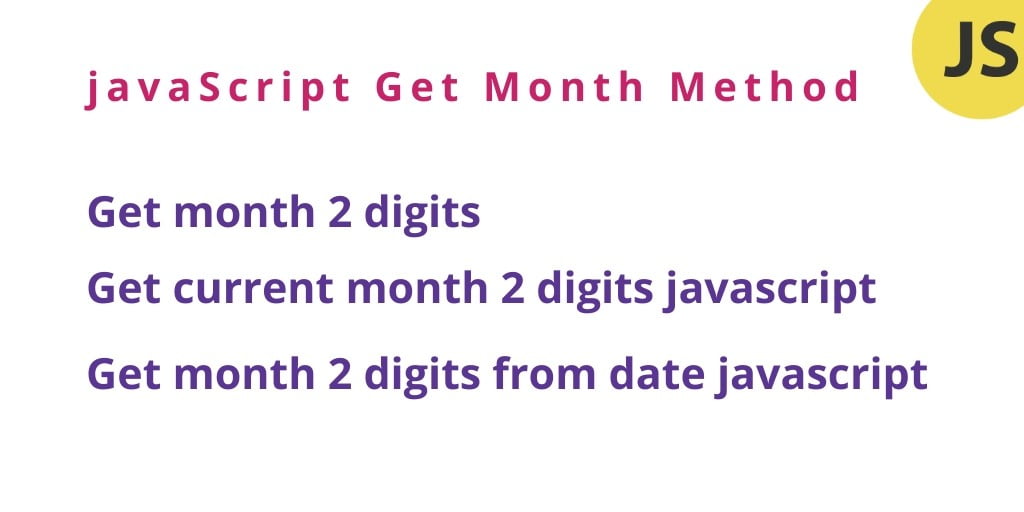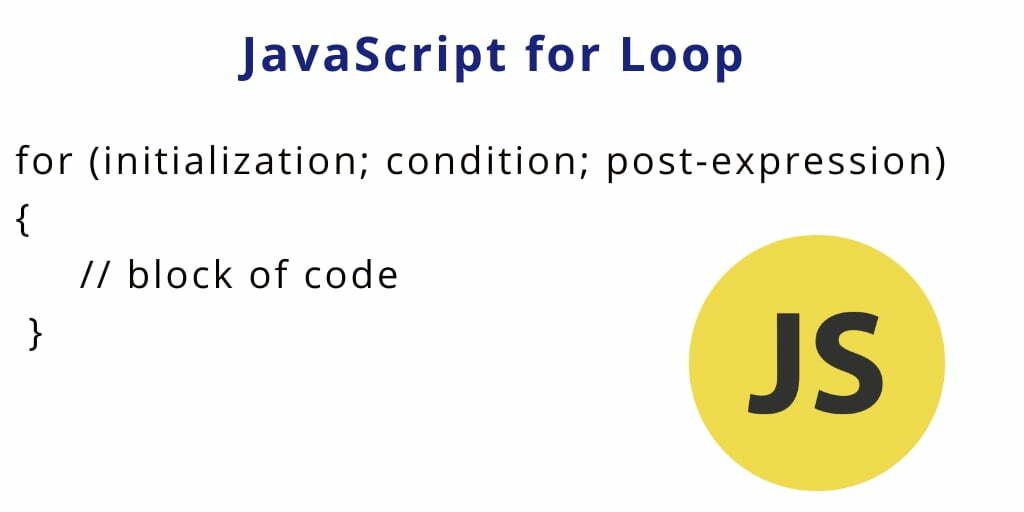

- JAVASCRIPT CURRENCY COMPARE STRING TO NUMBER HOW TO
- JAVASCRIPT CURRENCY COMPARE STRING TO NUMBER PLUS
- JAVASCRIPT CURRENCY COMPARE STRING TO NUMBER FREE
$& indicates that we want to do the replacement in the existing string and not replace characters. So if it sees groups of 3 digit behind another digit, then it’ll add a comma in between the digits. The ?= is a lookahead assertion to let us get groups of 3 digits in a string behind one digit. We can use the Intl.NumberFormat constructor that comes with most browsers to format a number into a currency string.įor instance, we can write: const formatter = new Intl.NumberFormat('en-US', )+\.)/g, '$&,')
JAVASCRIPT CURRENCY COMPARE STRING TO NUMBER PLUS
The number syntax it accepts can be summarized as: The characters accepted by parseFloat () are plus sign ( + ), minus sign ( - U+002D HYPHEN-MINUS), decimal digits ( 0 9 ), decimal.
JAVASCRIPT CURRENCY COMPARE STRING TO NUMBER FREE
Simplistic design (no unnecessary information) High-quality courses (even the free ones) Variety of features. This method is often used to convert string to Int JavaScript.
JAVASCRIPT CURRENCY COMPARE STRING TO NUMBER HOW TO
In this article, we’ll look at how to format numbers as currency strings with JavaScript. The parseFloat function converts its first argument to a string, parses that string as a decimal number literal, then returns a number or NaN. To implement the JavaScript convert string to number method, you can also use parseInt () function. (For example, a radix of 10 converts from a decimal number, 8 converts from octal, 16 from hexadecimal, and so on. If not NaN, the return value will be the integer that is the first argument taken as a number in the specified radix. Then I used regular expressions in the replace method to find all the digits before the decimal and add the comma at the correct position.Formatting numbers as currency stings is something that we have to do sometimes in our JavaScript apps. The parseInt function converts its first argument to a string, parses that string, then returns an integer or NaN.

Use parseFloat() function, which purses a string and returns a floating point number. In the above program, the replace() method is used to add commas as thousands of separators. How to Convert a String into Point Number. const formatCurrency = new Intl.NumberFormat('en-US', )+\.)/g, '$&,') We will use this constructor to format numbers as currency strings. For example, In a commerce web application, Each product. I’d recommend it as the best approach to take. The toLocaleString method is built-in to JavaScript, 100 supported in majority browsers, and requires no external libraries or dependencies. I’ve seen all kinds of approaches to this common scenario. We can use the Intl.NumberFormat constructor to formate language-sensitive numbers. In Javascript applications, You can store data as numbers and display the data in currency strings. There’s a simple, native way to format numbers and floats as currency strings in JavaScript.

We can do this in multiple ways like below. For example, a currency string for the number 1200 in USD will be “ $1,200.00“. The currency symbol, like “ $” for USD, and the appropriate number of decimal places are included in this format. The currency strings represent numbers in a specific currency format. 1 if string1 is smaller (lower in the alphabetical order) than string2. Here's the syntax: string1.localeCompare (string2) locaelCompare returns: 1 if string1 is greater (higher in the alphabetical order) than string2. is the operator used for to compare the two operands are of the same data type and the contents of the data like string values are also the same matching scenarios most probably. Out of Annotated ECMAScript 5. The javascript has both strict and type-converting comparisons, a strict comparison also we used in the javascript in strict is the keyword of the javascript i.e. We can also set the minimumFractionDigits and maximumFractionDigits properties in the object to set the min and max number of decimal places to return. You can use the localeCompare method to compare two strings in the current locale. If types are number and string, JavaScript will convert the string to a number. Use the Numeral. In this tutorial, I will show you how to format numbers as currency strings in JavaScript. How to Compare Strings Using localeCompare.


 0 kommentar(er)
0 kommentar(er)
